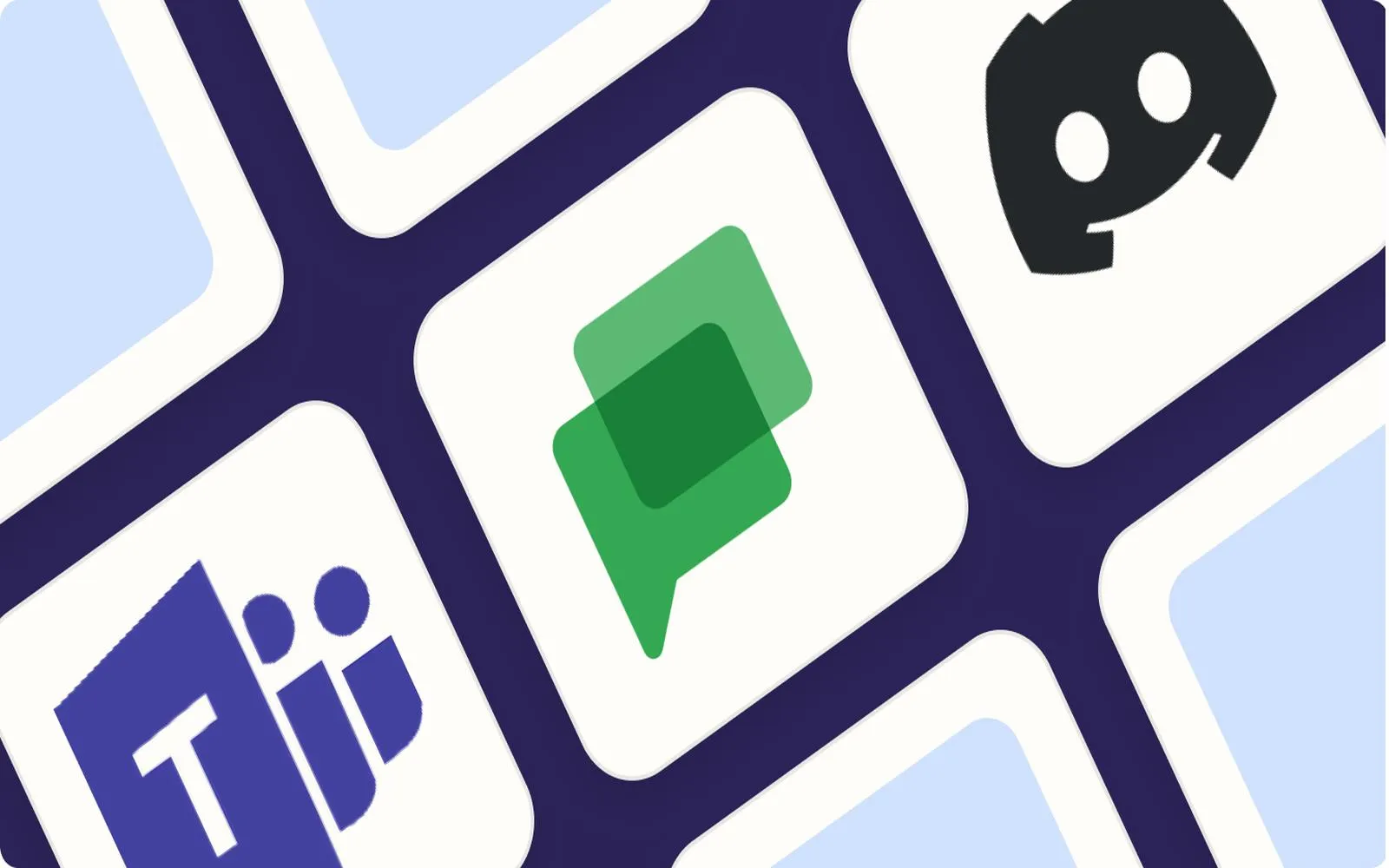In today’s fast-paced work environment, communication tools like Slack have become essential for collaboration. However, the constant barrage of notifications can lead to stress and distraction. To explore the impact of this digital noise, I decided to ''turn off Slack notifications entirely''. Surprisingly, nothing bad happened. In fact, the results were quite the opposite. Here’s a breakdown of my experience and the insights I gained.
Understanding the Impact of Notifications
Notifications are designed to keep us informed, but they can also be overwhelming. A study found that the average worker receives about 121 emails and numerous messages daily. This constant influx can lead to ''notification fatigue'', where the ability to focus diminishes. By disabling Slack notifications, I aimed to reclaim my focus and enhance productivity.
My Experience with Turning Off Notifications
When I first turned off Slack notifications, I was apprehensive. Would I miss crucial messages? Would my team feel abandoned? However, I quickly realized that the fear of missing out on important communication was largely unfounded. Here’s what I experienced:
| Day | Experience | Productivity Level |
|---|---|---|
| 1 | Initial anxiety about missing messages | Low |
| 3 | Increased focus on tasks | High |
| 7 | Realized I was more productive | Very High |
| 14 | Communication improved through scheduled check-ins | Maximized |
Key Benefits of Disabling Notifications
Turning off Slack notifications allowed me to experience several benefits:
- Enhanced Focus: Without the constant ping of notifications, I could concentrate on my tasks without interruptions. This led to a more profound engagement with my work.
- Improved Time Management: I began to allocate specific times to check Slack, which helped me manage my time more effectively. Rather than reacting to every notification, I became proactive in my communication.
- Reduced Stress Levels: The digital detox from notifications significantly decreased my stress. I felt less pressure to respond immediately and could prioritize my workload better.
Reassessing Communication Norms
One unexpected outcome of turning off notifications was a reevaluation of how my team communicated. It forced us to consider more structured ways of interacting. Instead of relying on instant messaging for everything, we began to embrace:
- Scheduled Meetings: Regular check-ins became more productive and meaningful without the distraction of real-time messaging.
- Asynchronous Communication: We learned to communicate effectively without the expectation of immediate replies. This shift allowed us to be more thoughtful in our responses.
What I Learned About Work-Life Balance
One of the most significant takeaways from this experience was the impact on my work-life balance. With fewer distractions, I found myself more present during personal time. I could disconnect from work without the anxiety of missing out on urgent messages. This balance is crucial in preventing burnout, especially in our hyper-connected world.
Addressing Common Concerns
Many people worry that turning off notifications might lead to missed opportunities or misunderstandings. Here are some considerations to address these concerns:
- Set Expectations: Communicate with your team about your new approach to notifications. Let them know when you will be available to respond to messages.
- Utilize Status Updates: Use Slack’s status feature to indicate when you are busy or unavailable. This helps manage expectations and maintains open lines of communication.
- Check-In Regularly: Instead of waiting for notifications, schedule regular times to check Slack. This keeps you informed without the need for constant alerts.
Conclusion: Embracing a Notification-Free Environment
Turning off Slack notifications was a transformative experience. I discovered that not only could I maintain communication with my team, but I could also enhance my productivity and overall well-being. The fear of missing important messages was unfounded, and I encourage others to consider a similar approach. Embracing a ''notification-free environment'' may just be the key to achieving better focus, improved communication, and a healthier work-life balance.
As we navigate the increasingly digital landscape, it’s essential to find what works best for our productivity and mental health. If you’re feeling overwhelmed by notifications, consider taking the leap and turning them off. You might find, as I did, that nothing bad happens at all.





